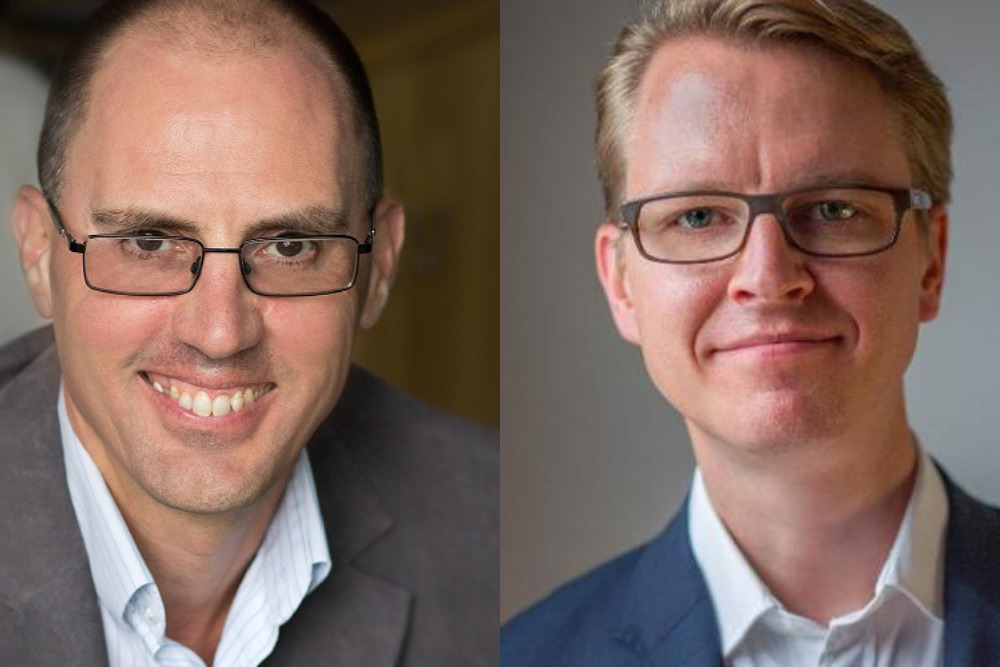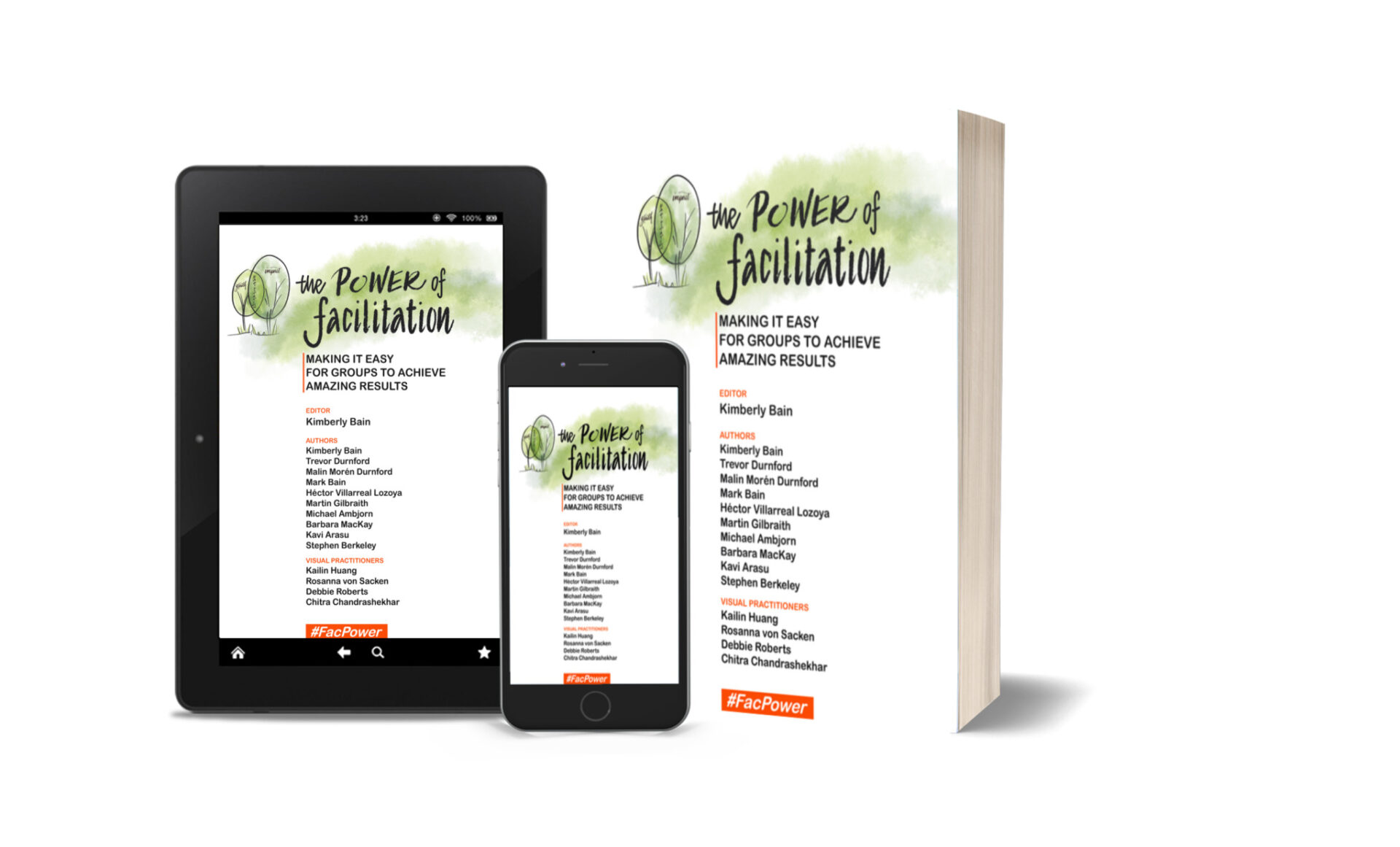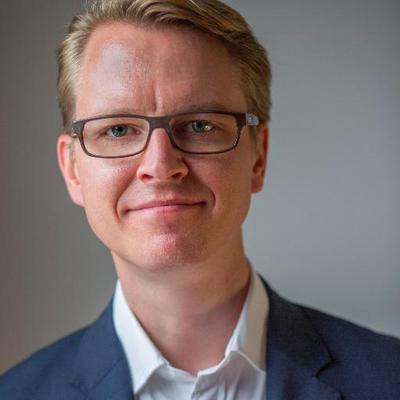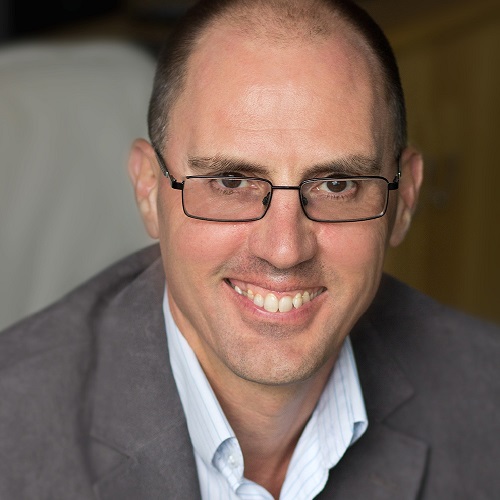Asking better questions: an interview with Michael Ambjorn and Martin Gilbraith

Good facilitation can so often come down to asking the right questions at the right time. Great questions and strong communication are part of what enables a group to truly explore a problem, go deeper, and make progress. By asking the right questions and empowering others to do the same, you can help a group find the right answers.
But how can we create an environment where it is safe to ask tough questions? How do we know the questions we’re asking are the right ones? What are some of the methods and approaches we can use as facilitators to create a better culture of communication?
To celebrate the launch of The Power of Facilitation – a new book about how groups can use facilitation to create great results – we’re speaking to the contributors to the book about their approaches and ideas.
In this interview, we spoke to Michael Ambjorn and Martin Gilbraith, co-authors of The Power of Partnership between Facilitation and Communication.
We talk about how to ask better questions, how to enable a culture of communication, and discuss some of the methods they use to empower groups to have better conversations and ask the right questions.
Let’s have a look!
Hi Martin and Michael! How might we learn to ask better questions? What makes for an especially effective question?
Martin: I think clarity of intent is a large part of what it takes to ask better and more effective questions, and therefore to facilitate more effectively.
In ICA’s Technology of Participation we articulate the aims of any process in terms of two dimensions – what we call Rational and Experiential aims. The Rational Aims are about what the group needs to know, understand or decide, and the Experiential Aims are about how the group needs to experience the process or be affected by it.
If you and your group are clear and in alignment on the aims of the conversation, or the broader facilitation process, then you have a chance of determining and crafting effective questions.
Then of course there is how you express the questions clearly, in a way that they can be understood as intended, and active listening to help you to determine how to frame and express the next question that can take the conversation forward, and deeper.
Anything that helps the group to build trust and empathy can help, from a simple round of introductions to a shared drink or meal, or well-selected and delivered ice-breakers or team-building exercises.
How can help a group be more comfortable asking and answering those tough but necessary questions?
Martin: The ORID process at the heart of ICA’s Technology of Participant goes a long way to preparing and enabling a group to be forthcoming with the answers that are needed. For example, it is much easier to determine what needs to happen (D = Decisional) after exploring what the options and their implications might be (I = Interpretative).
It is much easier to do that after appreciating one’s own and each others’ experience of the situation (R + Reflective), and to do that after understanding some basic facts about it and about each other (O = Objective).
Anything that helps the group to build trust and empathy can help, from a simple round of introductions to a shared drink or meal, or well-selected and delivered ice-breakers or team-building exercises.
How might you create a sustained culture of communication inside an organization?
Michael: Consistency is key. And it starts with a clear intent and purpose. As laid out in the IABC Global Standard of the Communication Profession: “Acting as the organization’s voice, a communication professional expresses a single, consistent story for internal and external audiences. This narrative is clear and compelling, it reflects the input and perspectives of diverse stakeholders, and it furthers the organization’s mission.”
In other words, it is an imperative operating at the strategic level. And as for the practical side – Slack channels, monthly all-hands etc. can each play a role. The key is to think of them as enablers of the deeper conversations needed to make progress together. Conversations such as those Martin talks about above.

What’s the biggest obstacle to good organizational communication and how would you approach solving it?
Michael: Topical to this (and often credited to George Bernard Shaw) is the saying that: “the single biggest problem in communication is the illusion that it has taken place.” Overcoming this obstacle takes preparation, planning, practice – and presence. You need a clear understanding of where you want to go, who you want to go with – and how to talk to them – and vice versa. You could do this as desk research, but I don’t recommend it.
Draw on the power of facilitation to help inform your approach. Get out there and talk to people. Hiding behind your desk won’t get you far. Communication is an inherently human endeavor after all.
And if you need help as you engage, consider bringing in a professional facilitator. You’ll get better results. And you’ll have more fun.
Especially large organizations can fall under the spell of a HIPPO [Highest Paid Person’s Opinion]. You do need a HIPPO now and again, but even the best HIPPO can’t be right in every meeting, every day.
What advice would you give to a team trying to create space for more inclusive and authentic communications?
Michael: With a small group it helps to discuss and agree some basic rules of engagement upfront. An oft used shorthand in the UK, as an example, is to invoke the Chatham House Rule: “When a meeting, or part thereof, is held under the Chatham House Rule, participants are free to use the information received, but neither the identity nor the affiliation of the speaker(s), nor that of any other participant, may be revealed.”
A broader framework I also like is what the charity Common Purpose uses as their conventions. Incorporating the Chatham House Rule this set also has a call to ‘Be open – and open-minded’; ‘Avoid both giving and taking offence’; ‘Be a leader’ and ‘Be engaged – and positive’.
That said, whilst these ready-made frameworks can be useful in groups that have already stormed and formed (as described in Héctor Villarreal Lozoya chapter the Power of Facilitation for Team Development), it can backfire if you move too fast.
For some teams and groups, you’re best of starting from scratch, exploring the possibilities of what might be a good shared culture. The ORID framework Martin has mentioned can be put to good use here.
How can leaders help create space for honest conversations and address power imbalances that might stifle communication?
Michael: This can indeed be the real issue holding you up. Especially large organizations can fall under the spell of a HIPPO [Highest Paid Person’s Opinion]. You do need a HIPPO now and again, but even the best HIPPO can’t be right in every meeting, every day. So how do you overcome it? The answer is so important that it could warrant a book-length response.
As we’re pressed for space I’ll share a favorite technique that can get you started: The ToP Consensus Workshop method. It helps bring everyone to the table, irrespective of rank. Field-tested across the world.
And if you’re the person in charge, do as the outgoing CEO of SLUSH suggested in a recent article: “…aim to be the Chief Question Asker (CQA). Give space for others to speak up and be curious.” Sage advice. And to make sure you do it well, it won’t harm to get some training – either in facilitation, or active listening, or both. And here’s a whole bookshelf of useful reads.
Asking people short but interesting questions inevitably leads to stories. “When is this organization most alive?” is one powerful example.
Do you have any favourite methods for helping a group awaken their storytelling instincts?
Michael: Asking people short but interesting questions inevitably leads to stories. An old favorite approach is to draw on some of the classic questions from the practice known as appreciative inquiry. “When is this organization most alive?” is one powerful example. And one that can lead to stories that can potentially also help propel you and your team forward.
Working with a communications professional can then help you develop, test, and refine your stories. The really good ones take on a life on their own – helping inform and educate. It is a practice that can scale influence. Make yours a force for good.
Why does an organization need a communication strategy and what are some of the elements it should contain?
Michael: At the simplest level a communication strategy might simply be a compelling narrative that helps people understand where a group, an initiative, or indeed an organization is going. Setting out the purpose in other words. Plus a plan for how to reach, engage, and (where relevant) activate the people who need to be part of it. In other words, it is a vehicle for creating clarity – and alignment – across an organization.
Which is also to say that if your organization doesn’t have a clear purpose, then it probably doesn’t need a communication strategy…
What do you do if a conversation goes awry and people are unhappy?
Martin: ORID can help with that too! If people are in disagreement with each other (at the Decisional level) and/or unhappy with each other or their situation (at the Reflective level), it can help to work with them to unpick what different analyses (at the Interpretative level) led each of them to different conclusions and/or how the Objective level facts of the situation have interacted with those of each individual to result in differing Reflective level responses from them.
The ToP Historical Scan (or Wall of Wonder) process that we refer to in our chapter (and Kimberly Bain in hers on the Power of Facilitation in Resolving Conflicts) is a powerful ORID-based method for a group to visualize together how a situation has developed over time, in order to reflect and learn together from their diverse perspectives and experiences of it and (re-)build trust and empathy as they do so.
About Michael Ambjorn CDir SCMP

With 20+ years of leading people, Michael Ambjorn has run organizations, chaired boards, and developed change makers. As a mentor he provides 1:1 advice to Chairs, Chief Execs, and senior leaders – and the next generation of change-makers – on strategy, change and turnarounds.
Michael is particularly interested in how strategic alignment can focus people – and enable sustainable growth and renewal. Including at the intersect of people, tech, and sustainability. And he is a committed espresso drinker.
You can connect with Michael on Twitter or Linkedin.
About Martin Gilbraith MA CPF|M

Martin Gilbraith works as a facilitator, trainer and consultant to help groups, teams and partnerships work more effectively together to bring about lasting change. What drives him is his passion and commitment to make a positive difference in the world, and to support and enable others to do so as well. He began his career in grassroots community development work in India, Africa and the Middle East, after awakening to his own passion and commitment as an international volunteer. He has been facilitating and training, specializing in ICA’s ToP facilitation methodology, since 1986. Since 1997 he has worked with a wide range of clients in the UK and overseas.
Martin is an IAF Certified™ Professional Facilitator|Master, past Chair of the IAF England & Wales chapter and former IAF Chair and IAF Europe Director. He is an ICA Certified ToP Facilitator (CTF) and a licensed provider and experienced lead trainer of ICA:UK Technology of Participation (ToP) facilitation training courses. He is past President of the Institute of Cultural Affairs International (ICAI) and former Chief Executive of ICA:UK, the participation and development charity. He holds a BA in Business Studies from Portsmouth University and an MA in Development Administration and Management from Manchester University’s Global Development Institute (then IDPM). His MA research was in civil society, development and democratisation.



Leave a Comment